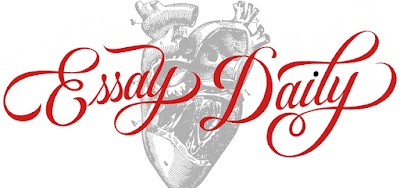Fire season in Kansas begins in late winter, when frozen ground thaws and its dampness retards the pace of a creeping fire line. Ranchers set fire to pasture’s dry grasses and seedlings on the most calm day possible. Winds are a threat, sweeping from the Colorado Rockies across foothills, through the high plains, and across—and downward from—the high country. The scent of fired grasses blows east to the more populated towns, the sweet smell of grasses burning, an incense. This process, learned from Indigenous friends and relatives (before they were sold out to railroad companies and real estate brokers), sustains the pastureland for bison, cattle, horses, and deer who sometimes graze with cattle herds.
In this season no person, writer or not, cannot help but be moved by the epic scale of the landscape. I am reminded of this as the season turns to this mode, particular to the grasslands. Once I drove through the Flint Hills after dark when fires still burned, snaking under a full moon, and then a spring snowstorm began. The gleam of blue moonlight on snow streaked with dendritic fire rivulets stunned me. How could I ever imagine my small life as central to the cosmos?
All the writers’ works that represent Kansas essays in this collection live with this simple fact—the seasons and its weather will overwhelm any human enterprise, and even egos. Many of these writers’ work is new to me, and without question, I know there will be an underlying humility, even from those not born and raised in the Sunflower State. Survive a few ice storms, snow, high winds, and burning heat—and you are a member of the Kansas club. August and September are the months when fields of “weeds” are yellow with wild and a few cultivated sunflower crops. That is another marker of seasons that proceeds outside of people’s management.
Other factors encourage the Kansas writers. A slower pace leaves time for reflection, reading, book clubs (High Plains Radio’s ambitious series, for example) and literary communities. I would guess there are more writers per capita than most places. Isolation leaves time for individuals to write, without distractions or traffic-filled commutes.
No, the state is not all flat, nor all black-and-white as in The Wizard of Oz. But what if it were? Even more occasion for a good story. —Denise Low, Kansas Coordinator.
What is the #Midwessay? What is the Midwest? What are the characteristics, if any, of the #Midwessay (the Midwest essay)? What gathers us together? What pulls us apart? Springing from a twitter conversation, we started asking writers and readers what they imagine (or would like to reimagine) as the Midwest and the Midwessay. The #Midwessay is a series of reports from the Midwest (whatever that is) by and/or about Midwestern essay and essayists (whatever those are). Essay Daily will be publishing these, sorted (loosely) by state, in February 2021 and beyond. These #Midwessays will be collected here and on a separate site at a later date. If you'd like to submit a report / essay, send it our way. Details and coordinators for each state are listed here. You can also ping Ander (link at the upper right) if we don't list a coordinator yet for your state. —The Editors


No comments:
Post a Comment